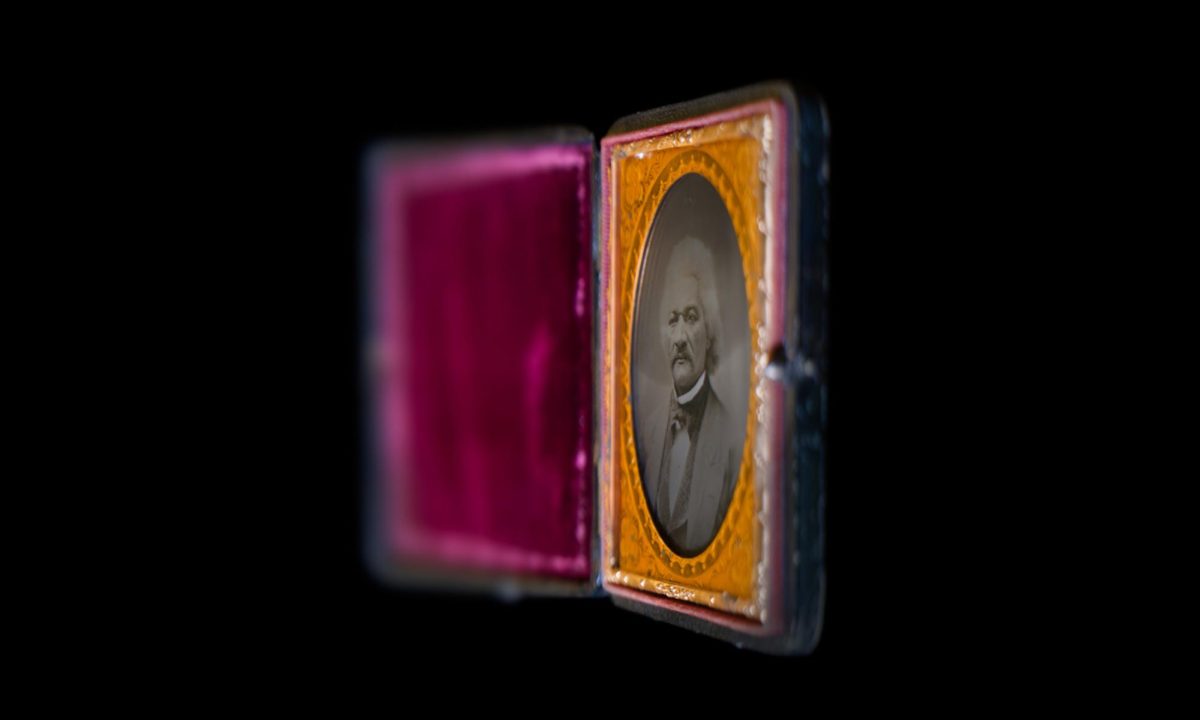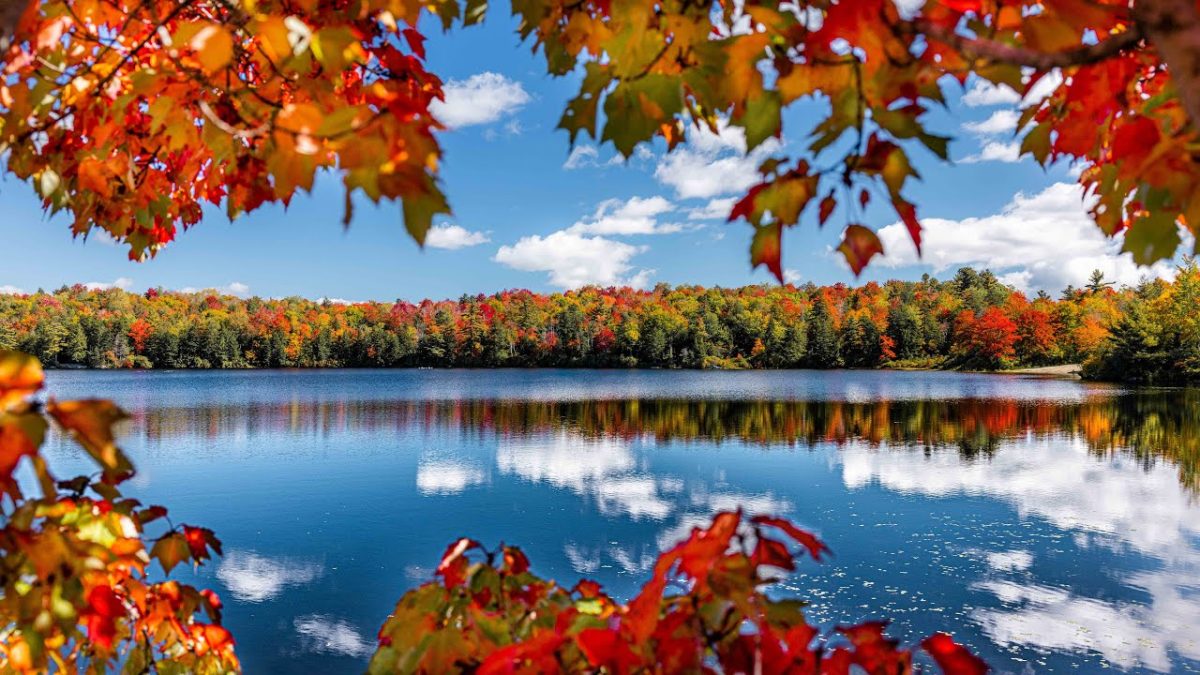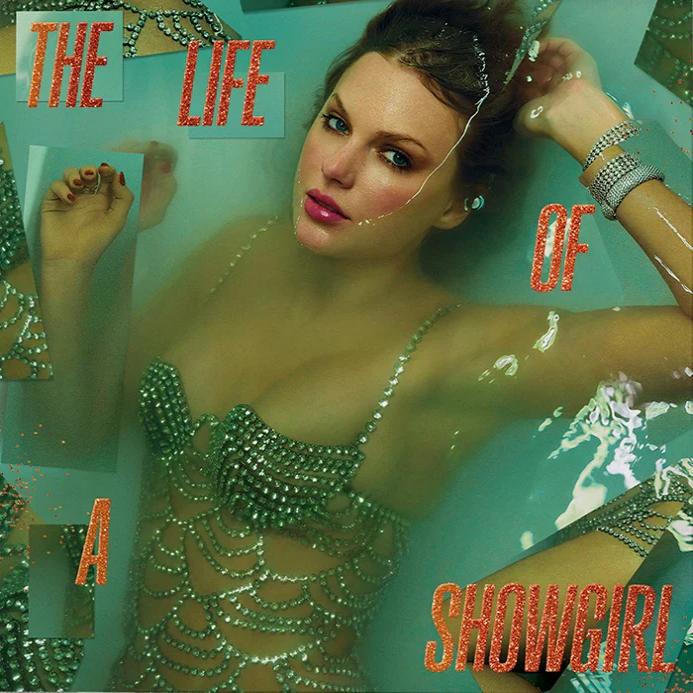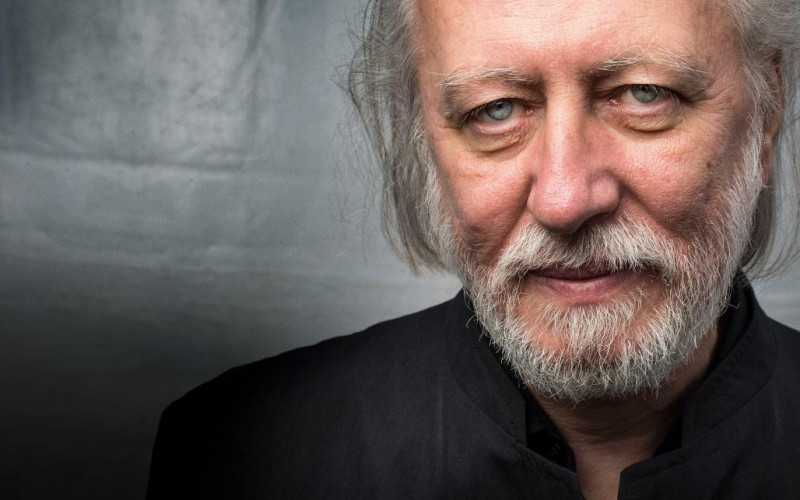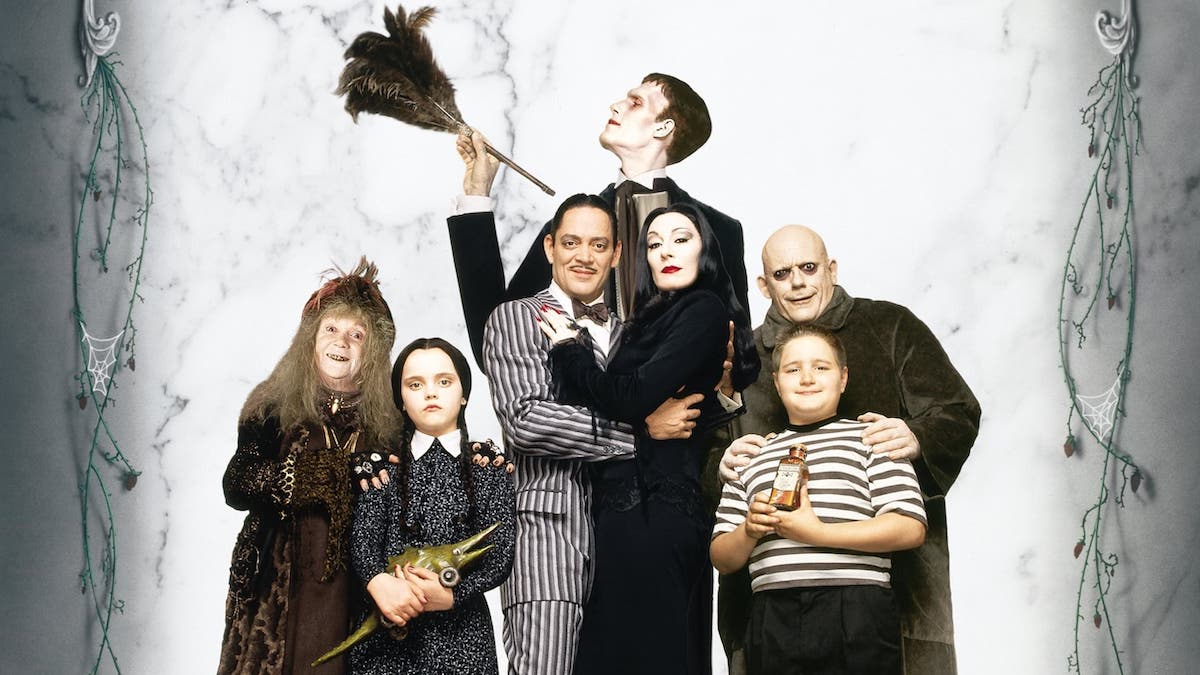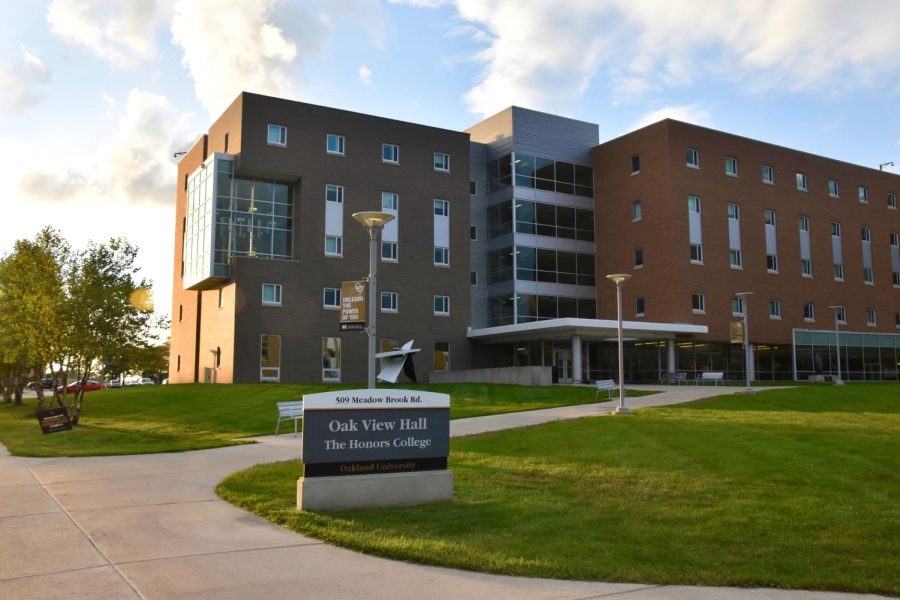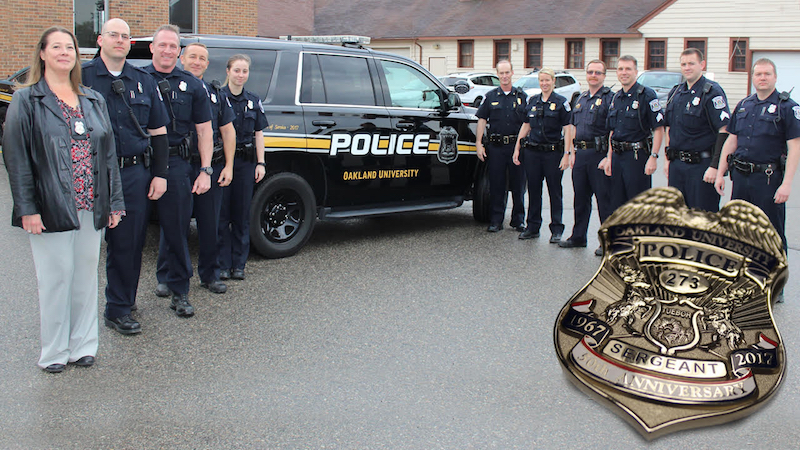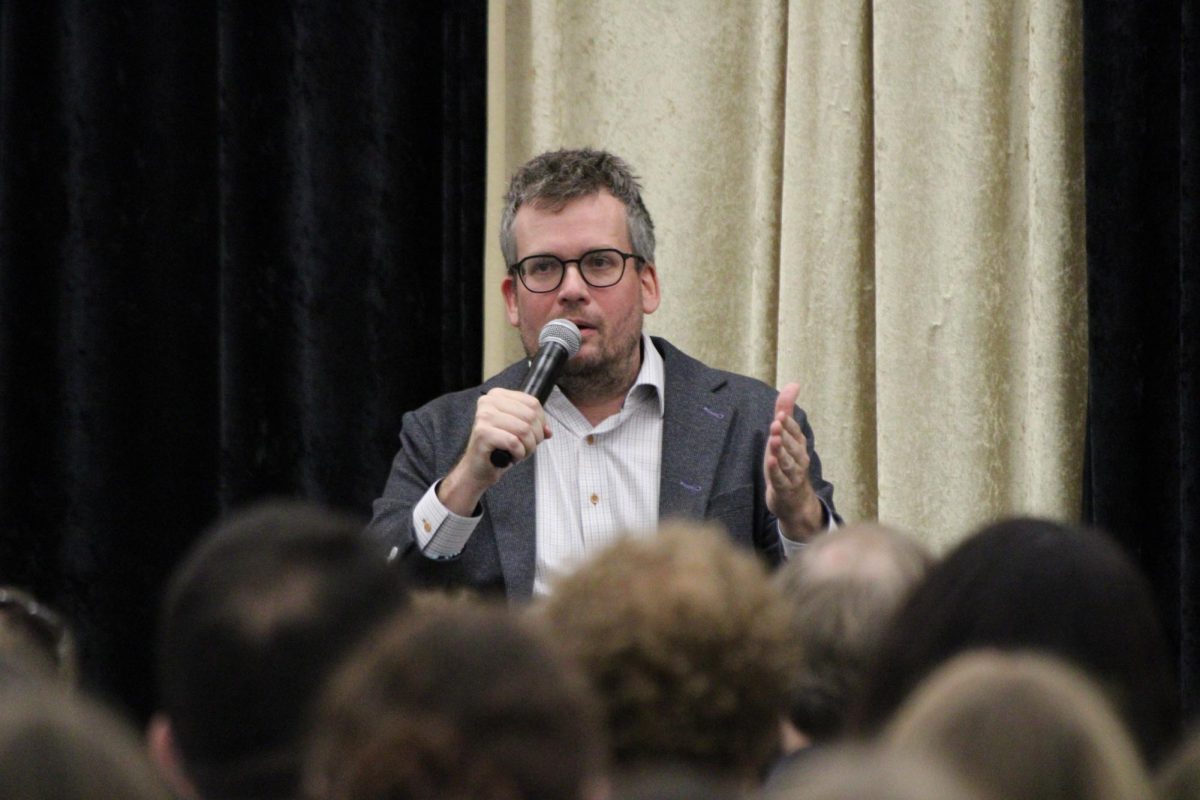On Friday, Sept. 8, at 5 p.m. in the Oakland University Art Gallery, Wendel A. White and Kenya Tyson participated in an open talk hosted by OU Art History Professor Claude Baillargeon.
Baillargeon opened the gallery to several excited participants, art fans, faculty and students. He introduced the speakers, the artist, Professor Wendel A. White of Stockton University and Kenya Tyson, the senior associate provost at Dartmouth College and the executive director of the Black Massacre Project.
“Remains, Remnants, Reliquaries” is an exploration of black lives, whether it be directly through the lens of a camera, newspaper clippings, or photo-editing technique. The exhibit contains four works: “Schools for the Colored,” “Red Summer,” “Manifest” and “Small Towns, Black Lives.”
“It began with me at the time of the George Floyd murder,” Baillargeon said. “I realized that I was not doing enough.”
On sabbatical leave a year and a half ago, Baillargeon was writing a proposal to determine what he wanted to research when he remembered attending a talk by Wendel White.
White specializes in photography, with all of the pieces in “Remains, Remnants, Reliquaries” using the camera as the chosen medium to dive deeper into the struggles of black folk.
Arguably the most powerful work, “Red Summer,” is a juxtapositional collage that takes modern photographs of sites where lynchings took place and surgically places black and white-run newspaper clippings reporting on the events.
“He’s bringing out a part of the history that is being suppressed,” Baillargeon said. “The vast majority of the sites that he went to photograph showed no evidence, no markers, no acknowledgment that the events took place.”
At the open talk, Tyson and White’s discussion revolved around White’s personal history, sources of inspiration and the central meaning of his works. Often, Tyson and White brought up W. E. B. Du Bois’s metaphor, “the veil.”
“For me, [the veil] specifically came out in the souls of black folk,” White said. “[DuBois] lived in the world that was outside the white world and in that world is obscured by the veil.”
“The veil” metaphor often comes across in White’s work, especially in works like “Red Summer” and “Schools for the Colored” — where photo editing techniques like focus, white balance and frame of reference take center stage.
Tyson also discussed the importance of having guest artists and speakers of color at OU.
“I think it’s critically important in all situations for every institution to have, you know, external writers and thinkers and artists and thought leaders coming into this space,” Tyson said.
“This is the first time we’ve had a solo exhibition, in the last twenty years, of an African-American artist,” Baillargeon said — echoing the same sentiment about the exhibit’s importance.
In recent history, OU has made efforts to implement diversity, equity and inclusion in all aspects of education at the university, including in the arts.
“Having a space like this on campus can be really enlightening to a lot of people,” sophomore Nicki Gursin, an employee at the OU Art Gallery, said.
Those interested can visit the OU Art Gallery Tuesday through Sunday from 12-5 p.m. in room 208 of Wilson Hall until Nov. 26.



